CHINASE | ENGLISH
bottom
NEWS
Shanghai Academy of Spaceflight Technology (SAST) promotes successful launch of Long March 5

The Long March 5, China’s most powerful launch vehicle, kicked off its latest space mission at 20:45 on December 27 at the Wenchang Space Launch Center in Hainan province. It was carrying Shijian 20, the largest satellite ever built domestically, and it successfully placed this first experimental satellite of DFH 5 platform into orbit. The Long March series successfully completed the 323rd flight, and China Aerospace Science and Technology Corporation successfully concluded its 2019 aerospace mission with a “big deal”.
The launch vehicle and satellite for this mission were developed by the China Academy of Launch Vehicle Technology and China Academy of Space Technology respectively. The SASTdeveloped four boosters for the Long March 5, which provided 90% of the liftoff power for the whole launch vehicle.
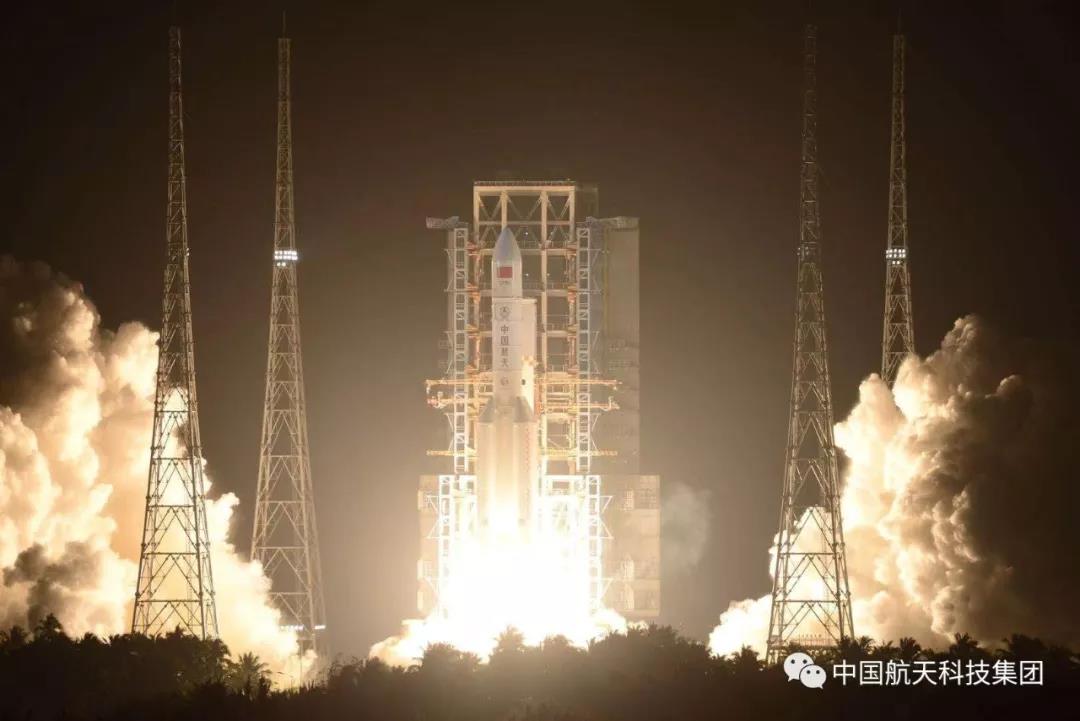
▲The Long March 5 Launch Vehicle is lifting off. (Photoed by Su Dong)
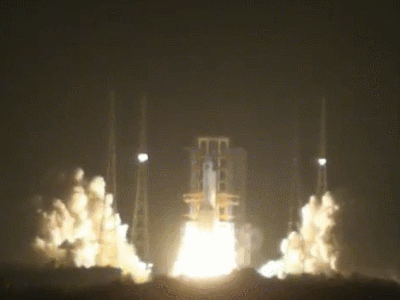
▲The Long March 5 launch vehicle is roaring up to the sky. (Photoed by Yang Cheng)
The 57-meter-longlaunch vehicle, as high as 20 floors, is the most powerful one in the new generation of China's launch vehicle family. With a liftoff weight of about 870 tonsand a takeoff thrust of around 1078 tons,the launch vehicle is capable of sending spacecraft weighing up to25 tonsto a low-Earth orbit, or 14 tonsto a geosynchronous transfer orbit, said Li Dong, the launch vehicle’s chief designer.“The technical specifications of the Long March 5 launch vehicle enable it to keep pace with the Delta IV Heavy in the United States” international peers believed.
▲The Long March 5 Launch Vehicle is lifting off. (Photoed by Yang Cheng)
This is the thirdflight of the Long March 5 launch vehicle. The launch vehicle previously made its first flight on November 3, 2016, but suffered a defeat on the second flight on July 2, 2017. The research and development team then found the cause of the failure, and made more than 200technical improvements. Finally, it was a complete success on November 27, 2019 after the setback on July 2, 2017.
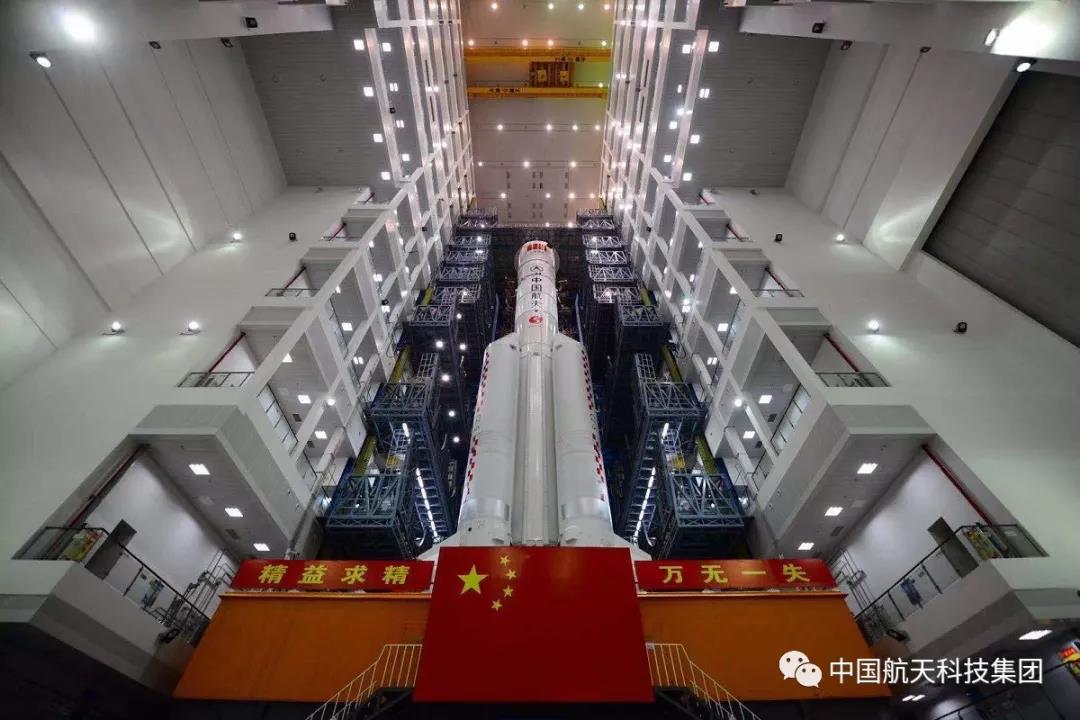
▲This photo shows the Long March 5 launch vehicle in the factory building. (Photoed by Su Dong)
The 8-tonShijian 20 is the geosynchronous technology demonstration satellite. The flight is intended to verify key technologies of China’s new-generation large satellite platform, the DFH 5,and to verify a number of new technologies. Another task of this mission is to carry out geosynchronous orbit communication and broadcasting business.The DFH 5 satellite platform, with the characteristics of high load capacity, high power, efficient heat dissipation, long service life, expandability and adaptability, can meet the needs of communications, microwave remote sensing, optical remote sensing and other loads in the next 20 yearsfor the satellite platform.
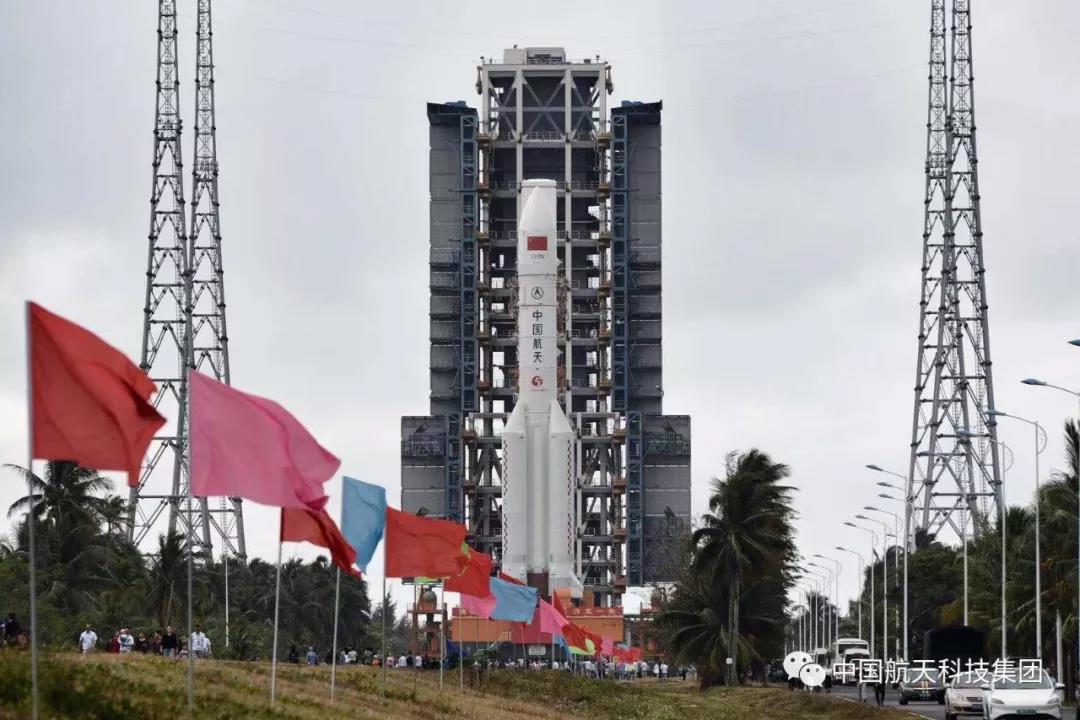
▲Vertical transfer of Long March 5 launch vehicle (Photoed by Su Dong)
“The use of this platform means that China's communication applications have stepped into a new era,” said Zhou Zhicheng, chief engineer of China Academy of Space Technology and chief commander of the DFH 5 satellite platform.
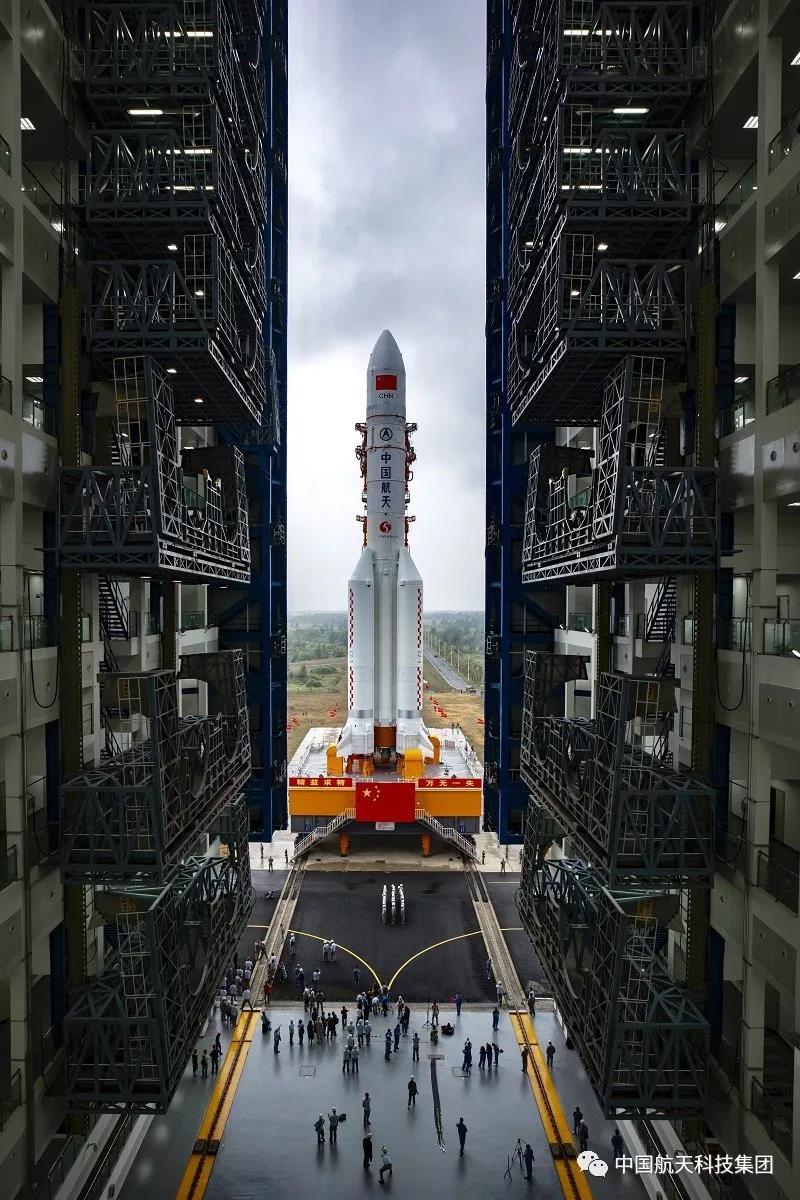
▲Vertical transfer of Long March 5 launch vehicle (Photoed by Shi Xiao)
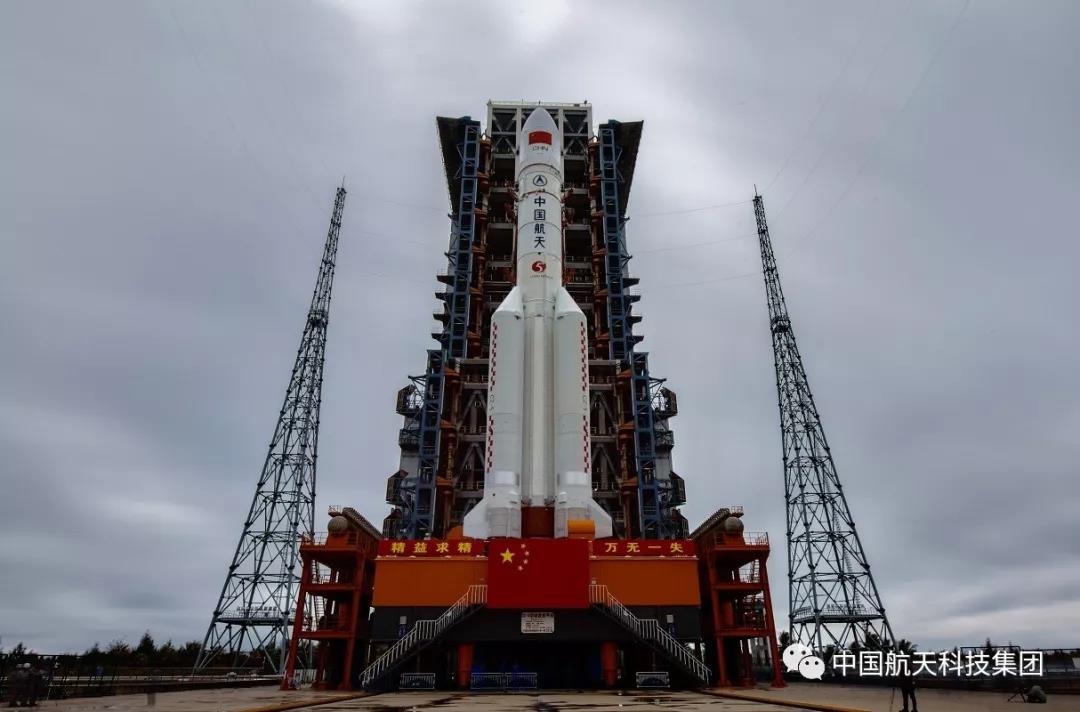
▲Vertical transfer of Long March 5 launch vehicle (Photoed by Shi Xiao)
The Long March 5’s future missions includesampling the moon's surface matters and getting those samples back to Earth, the construction of manned space station as well as Mars exploration.
We conquered the difficulties in 900 days and nights.
It’s the finest hour, and we move forward in the future!
Source: WeChat Public Account of China Aerospace Science and Technology

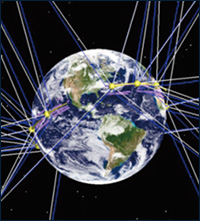
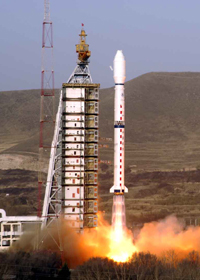
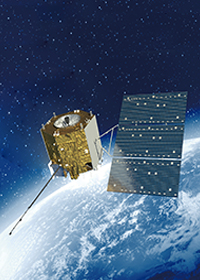

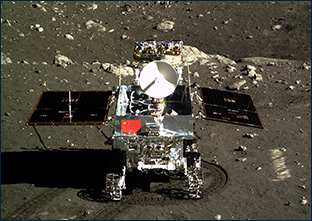
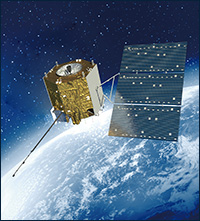

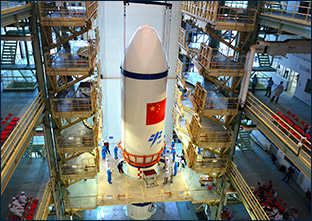



 DOWNLOAD
DOWNLOAD E-MAIL
E-MAIL